20 Free Sacred Building transparent PNG images
Explore our extensive Sacred Building collection, featuring 20 free AI-generated images that capture the architectural magnificence of religious and spiritual structures worldwide. Browse through our diverse array of stock photos, 3D objects, vectors, and illustrations depicting temples, churches, mosques, synagogues, and other sacred spaces. Download these high-resolution images for free, and utilize our innovative 'open in editor' feature to customize prompts and regenerate images that perfectly match your vision.
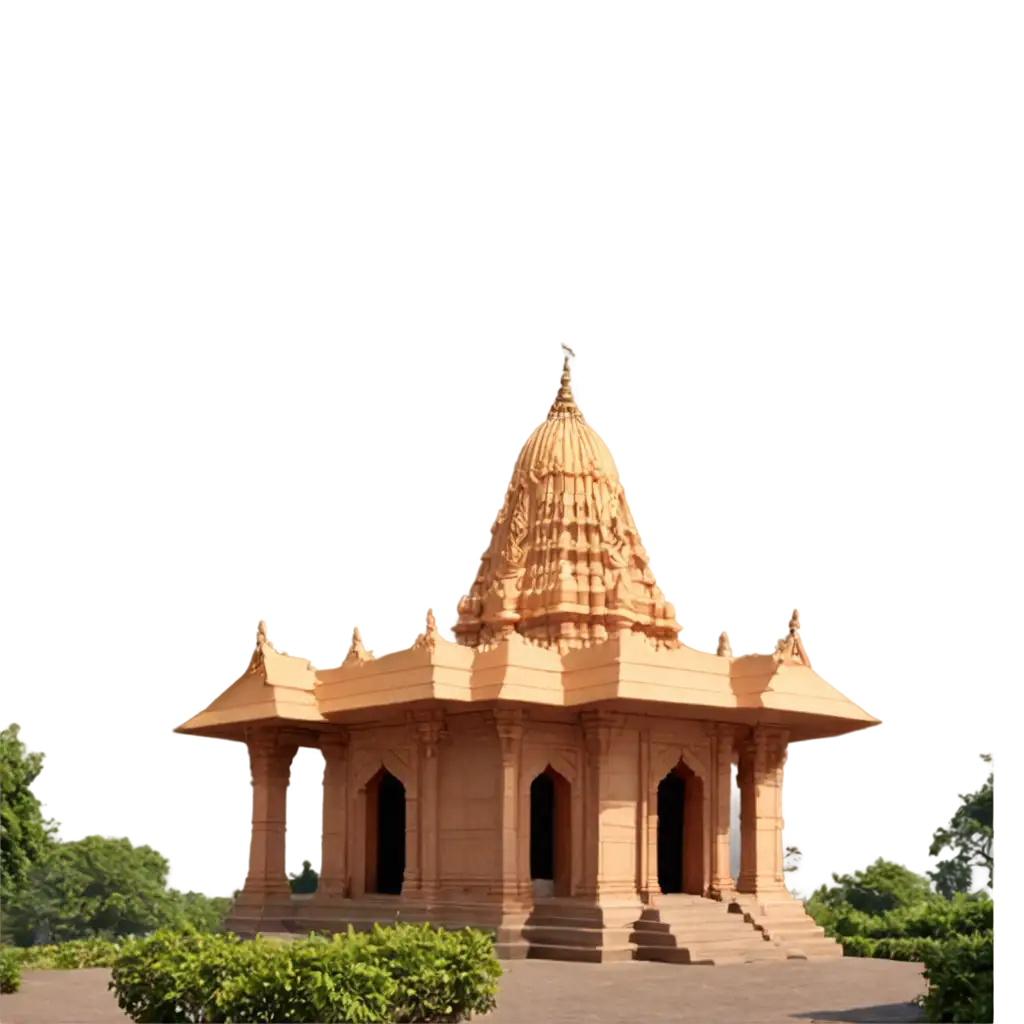
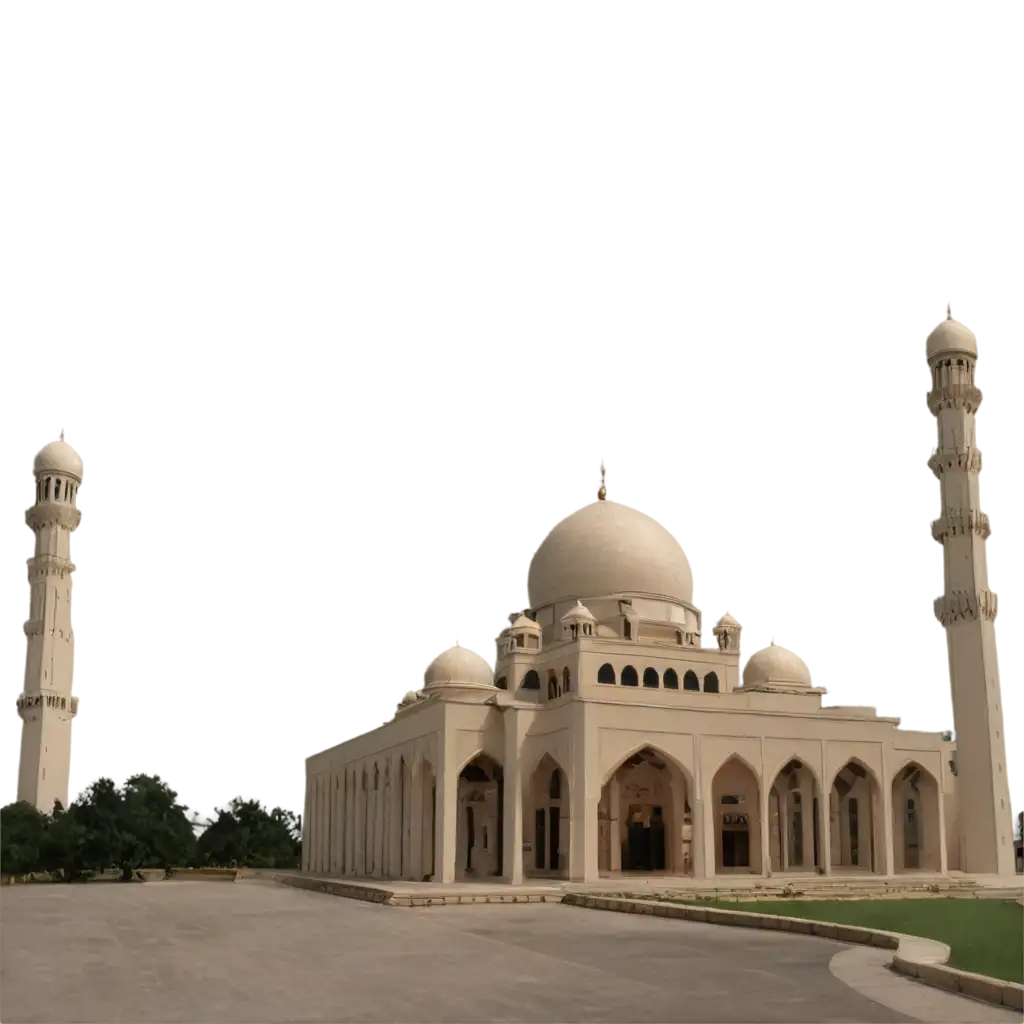
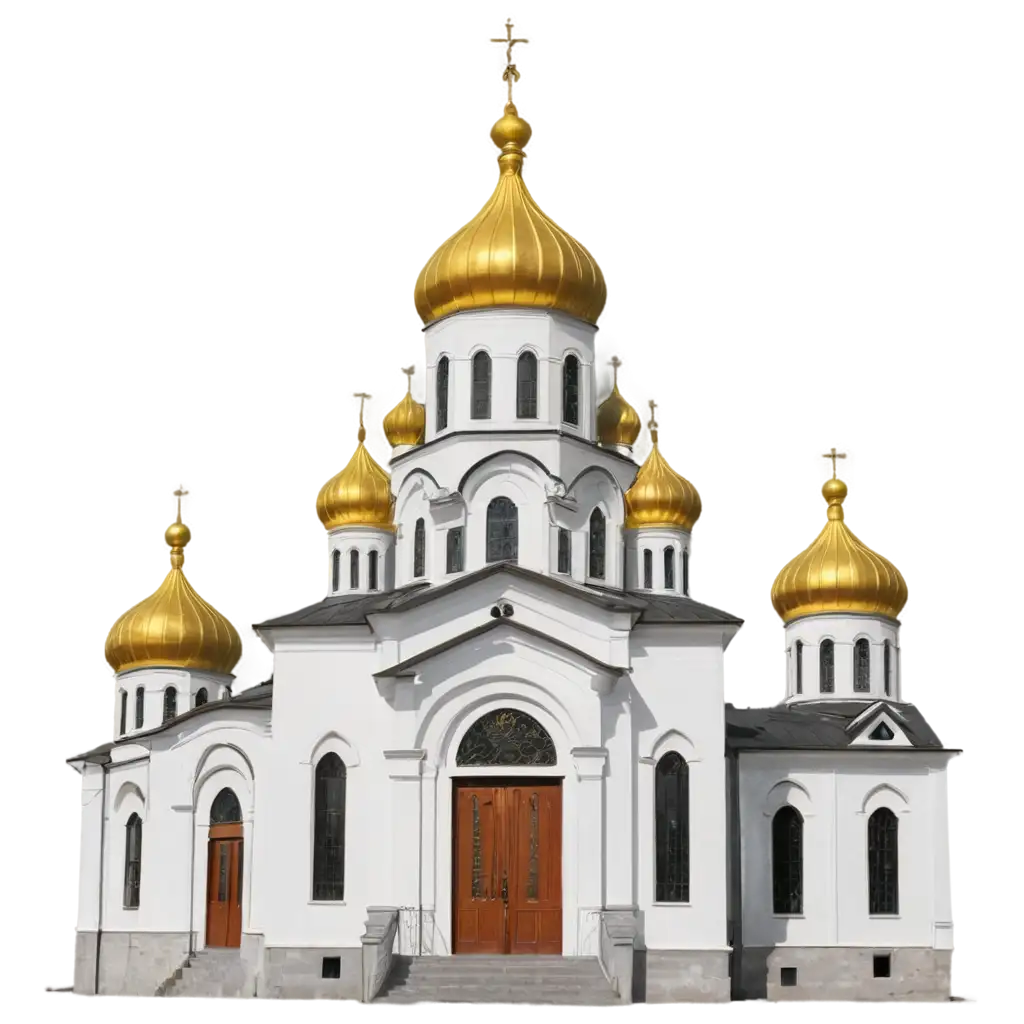
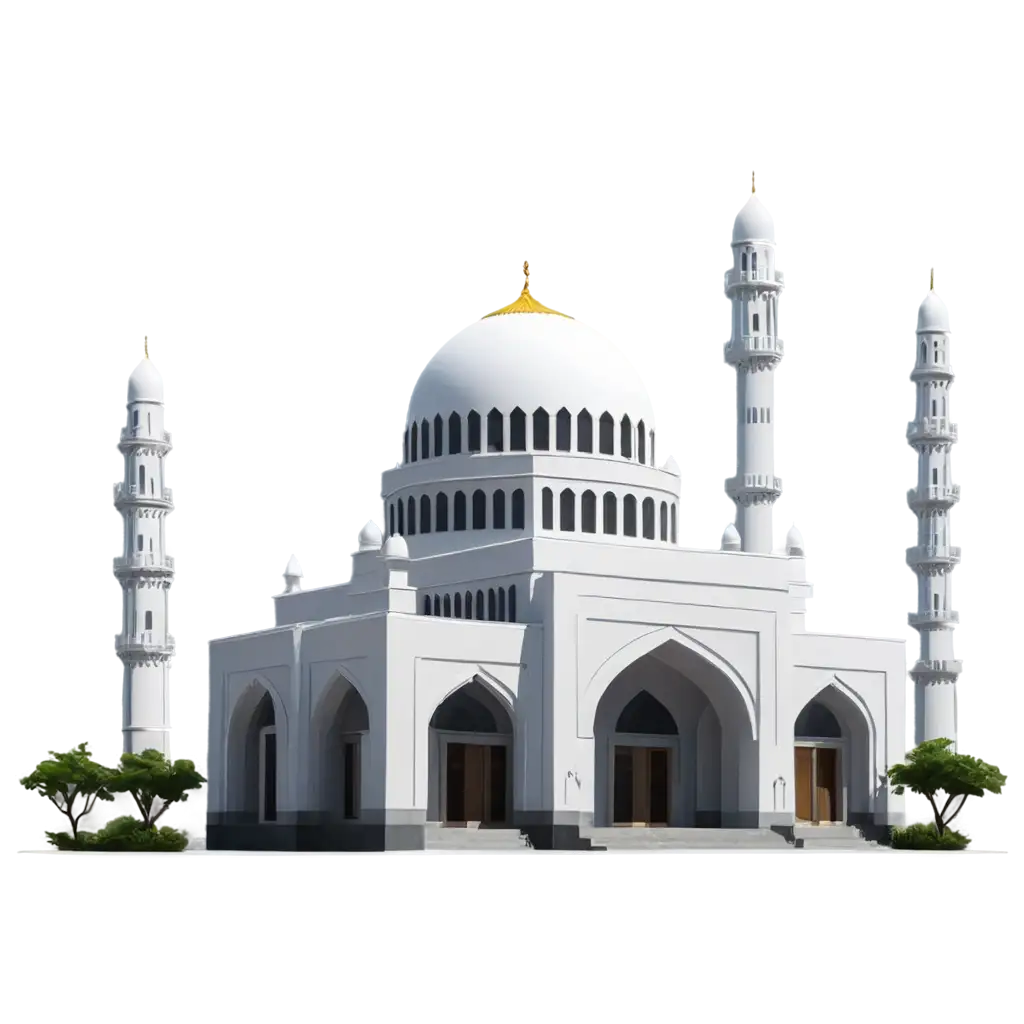
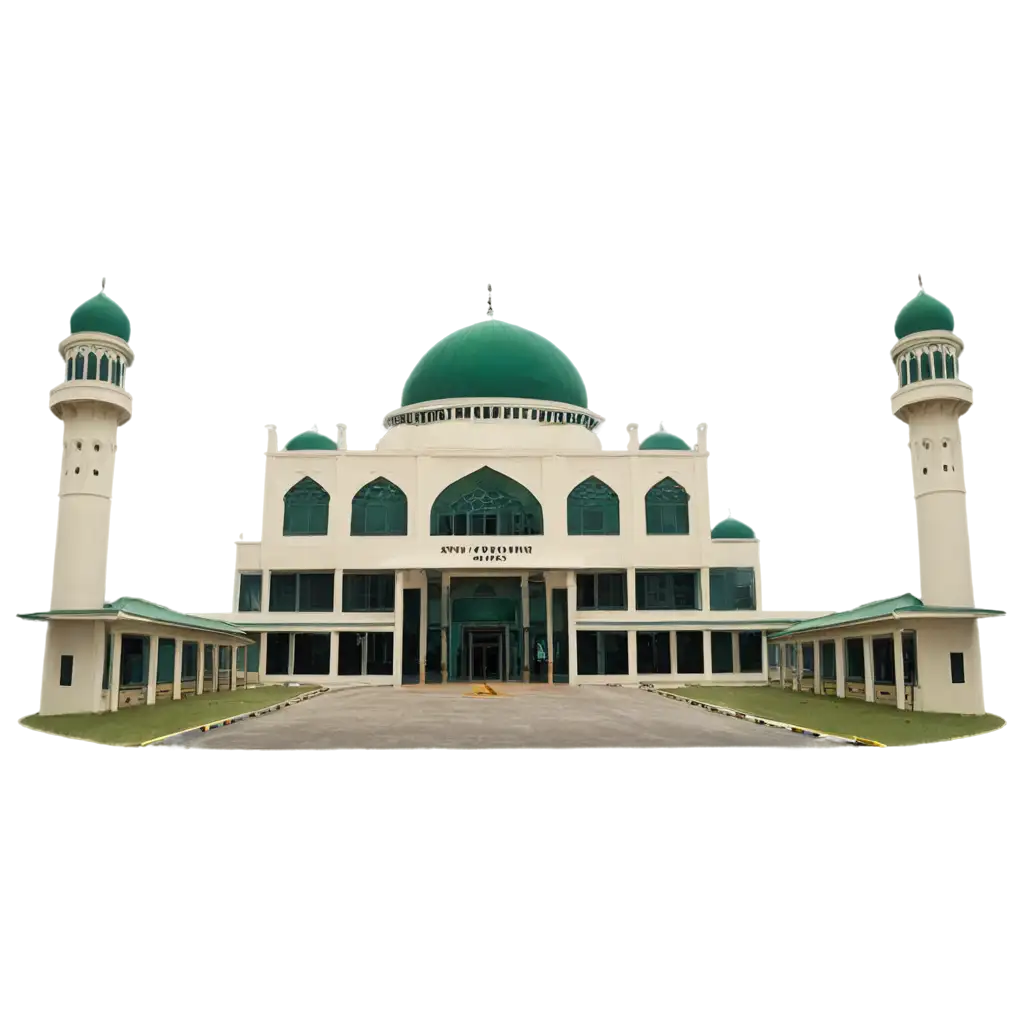
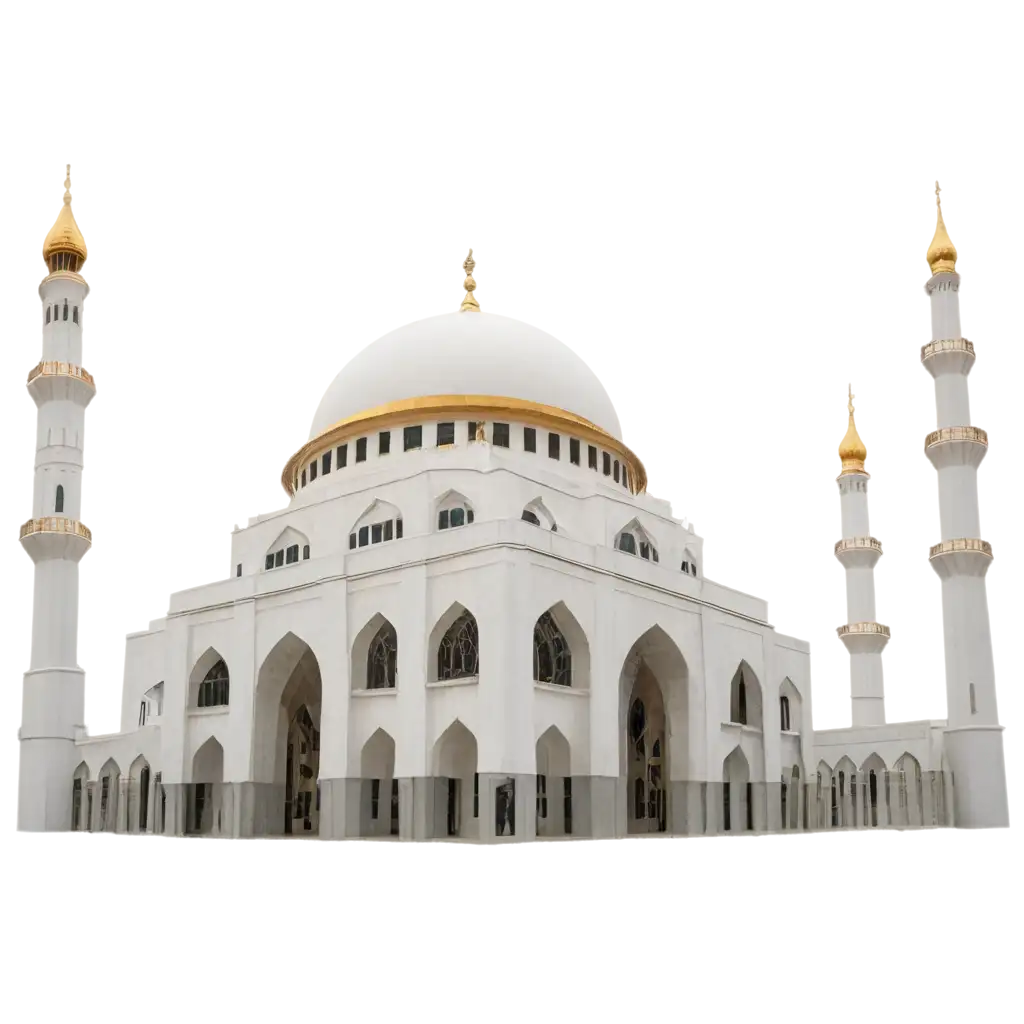
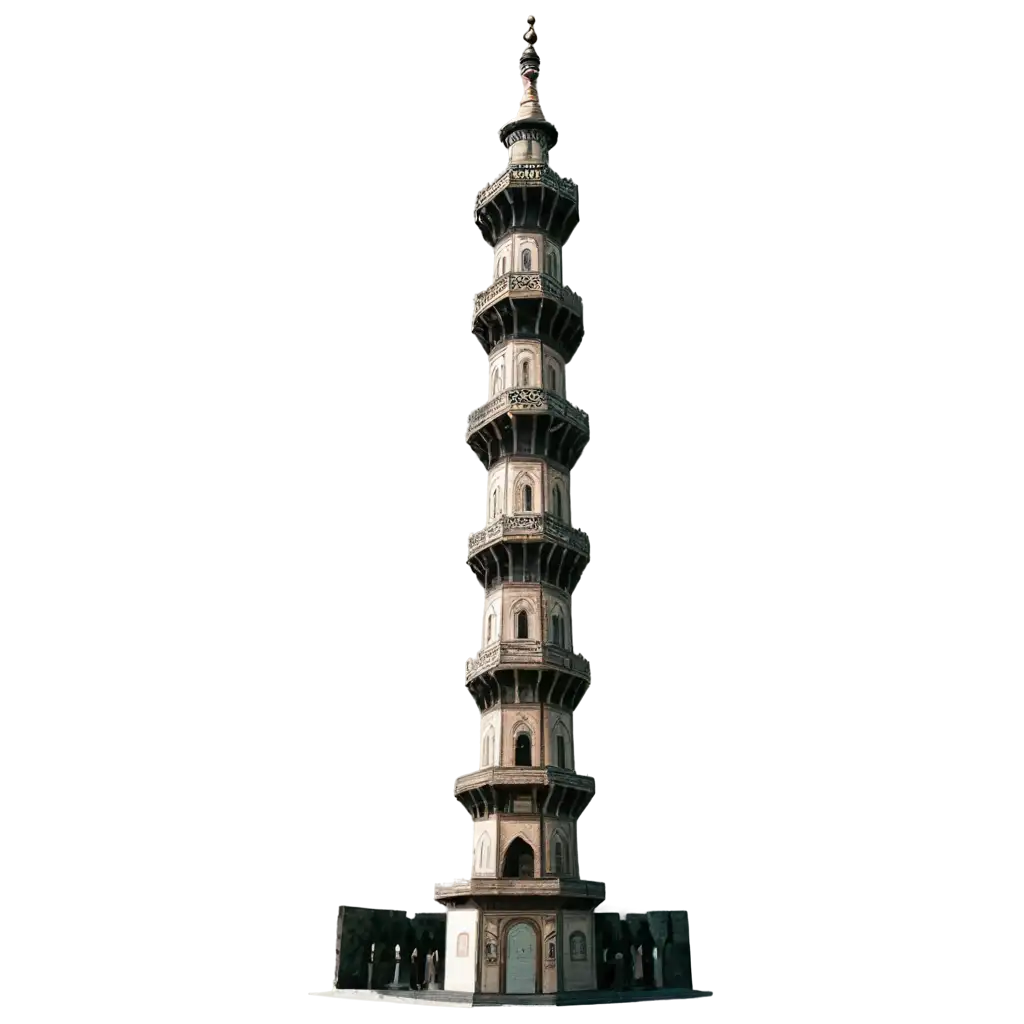
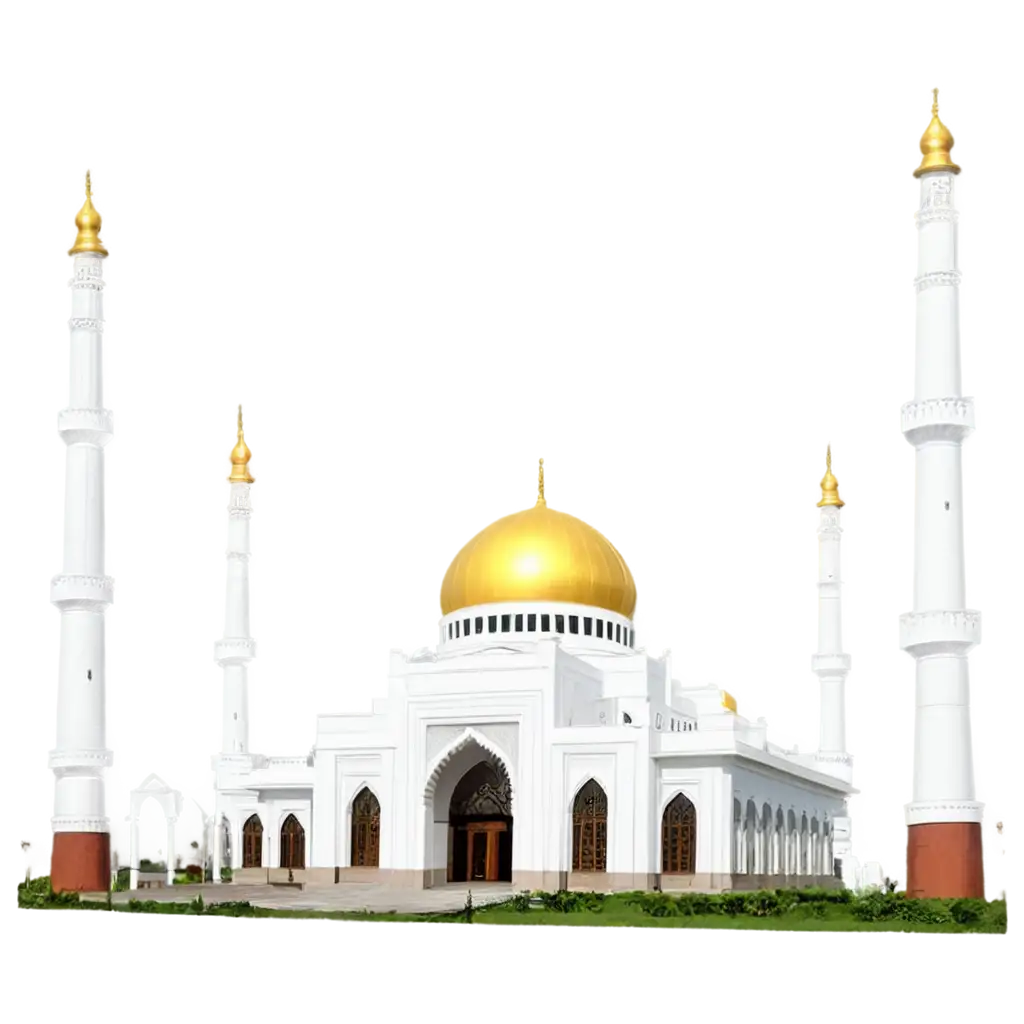

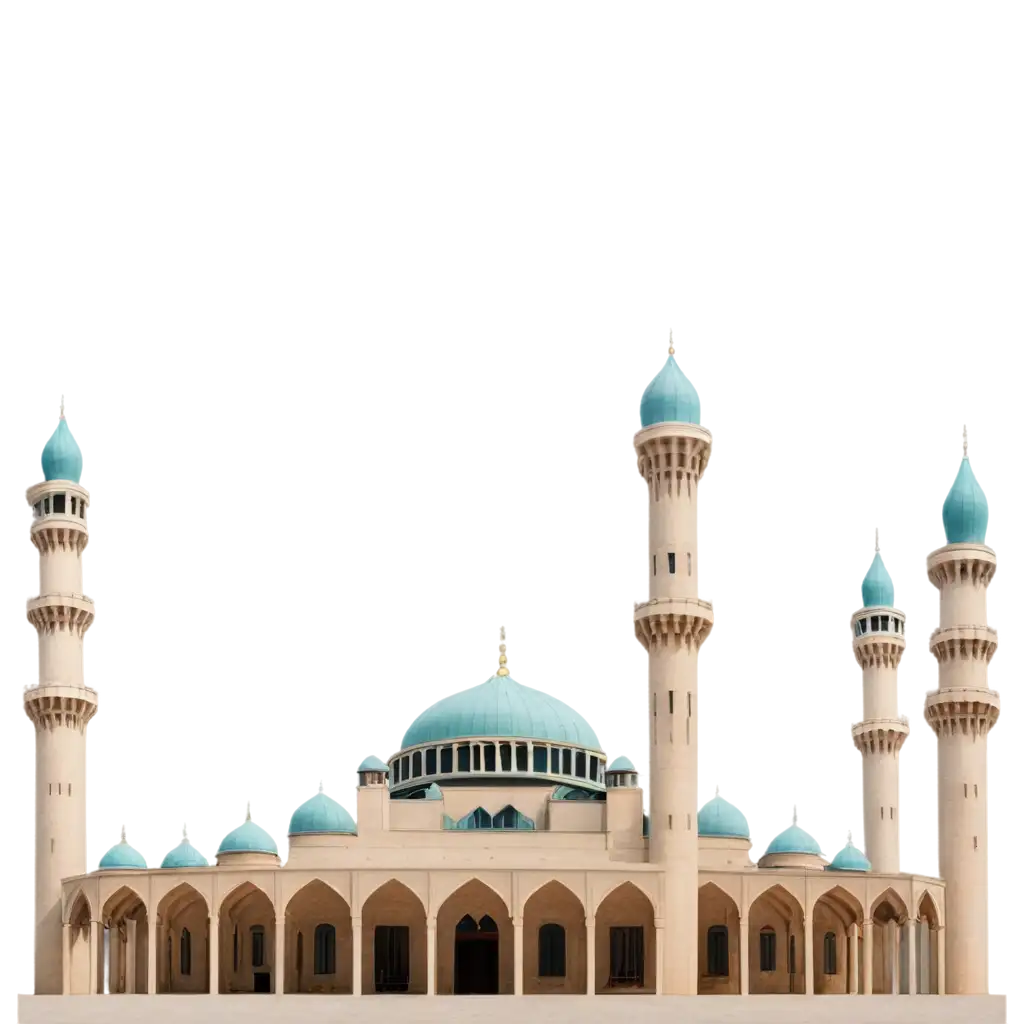

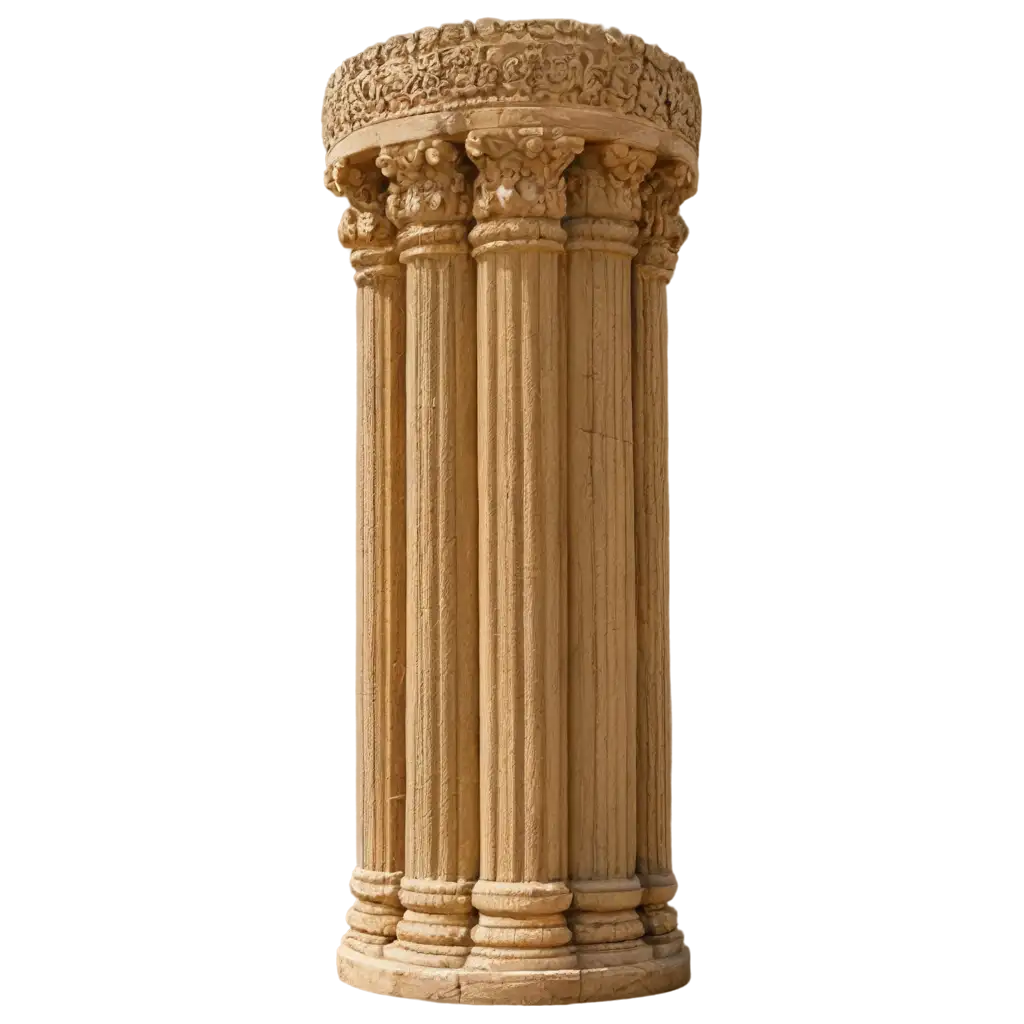
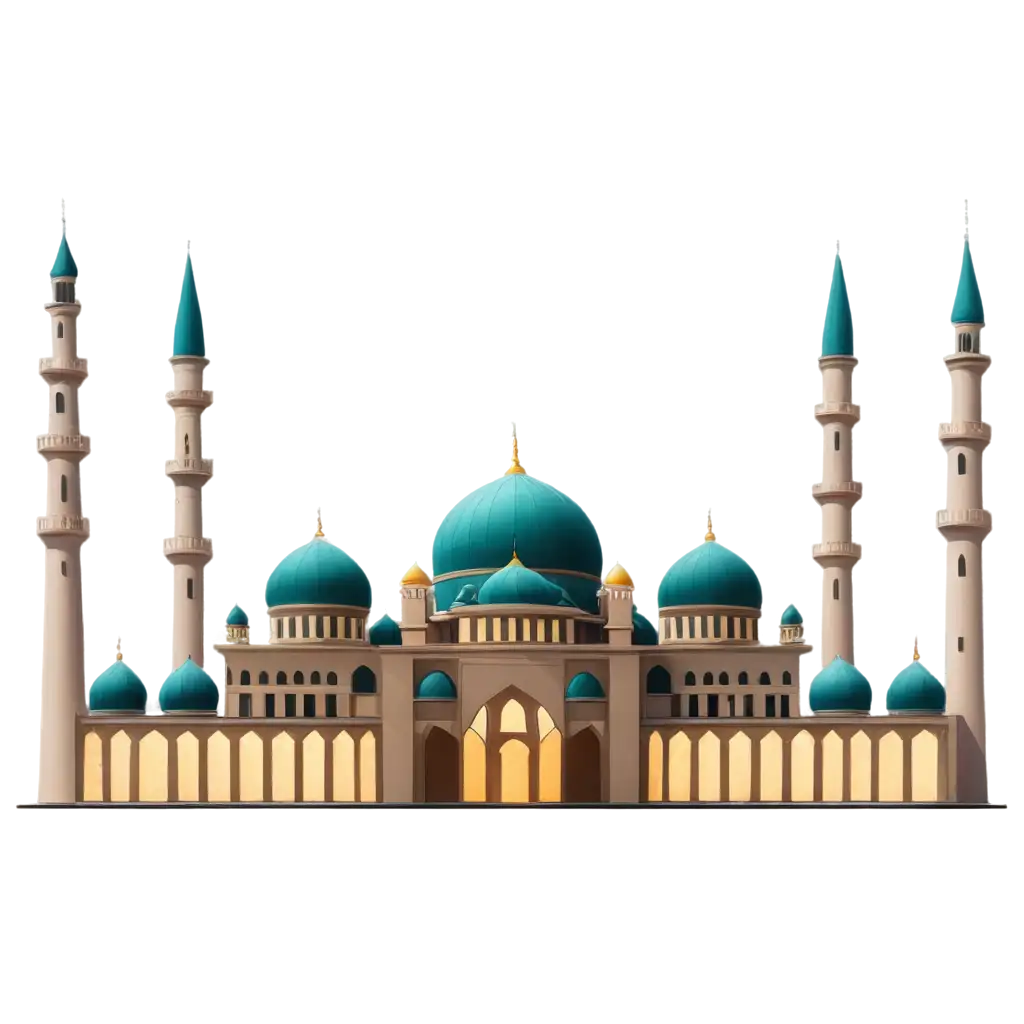
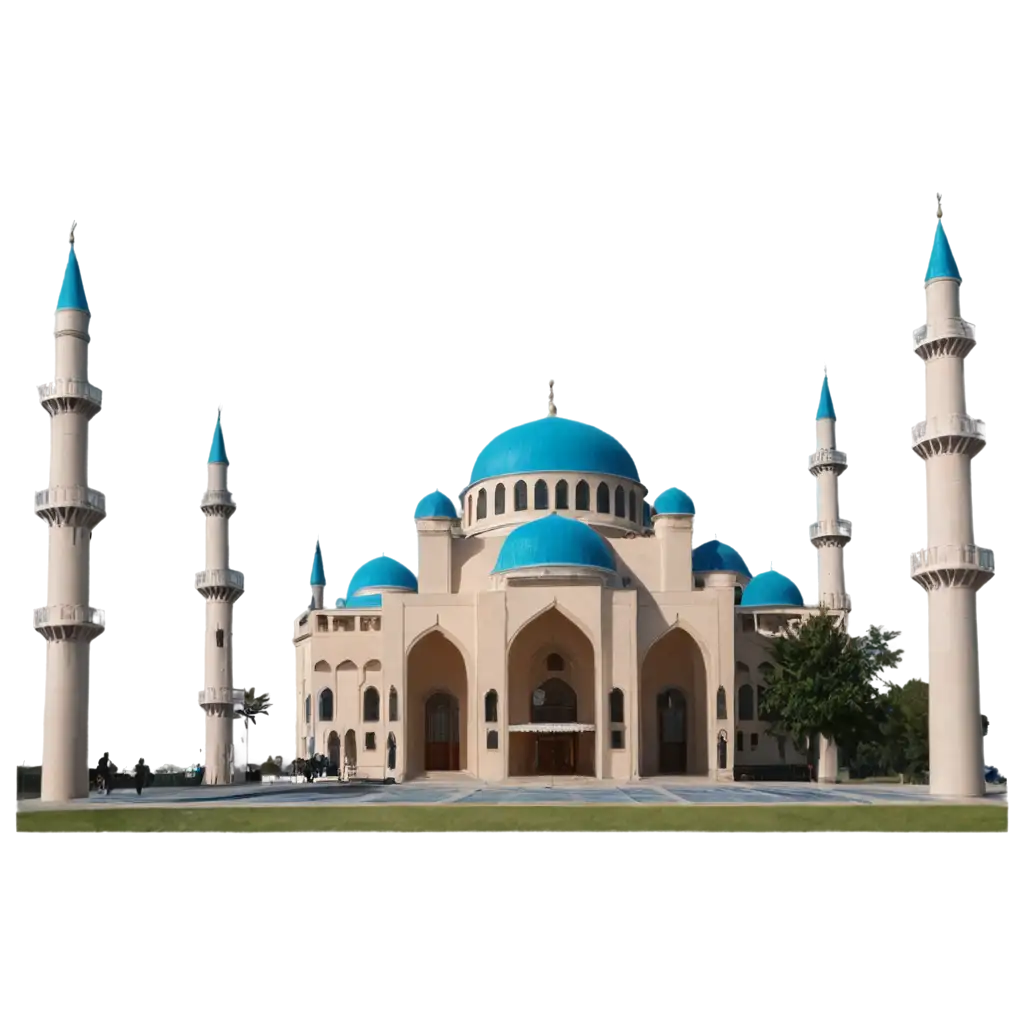
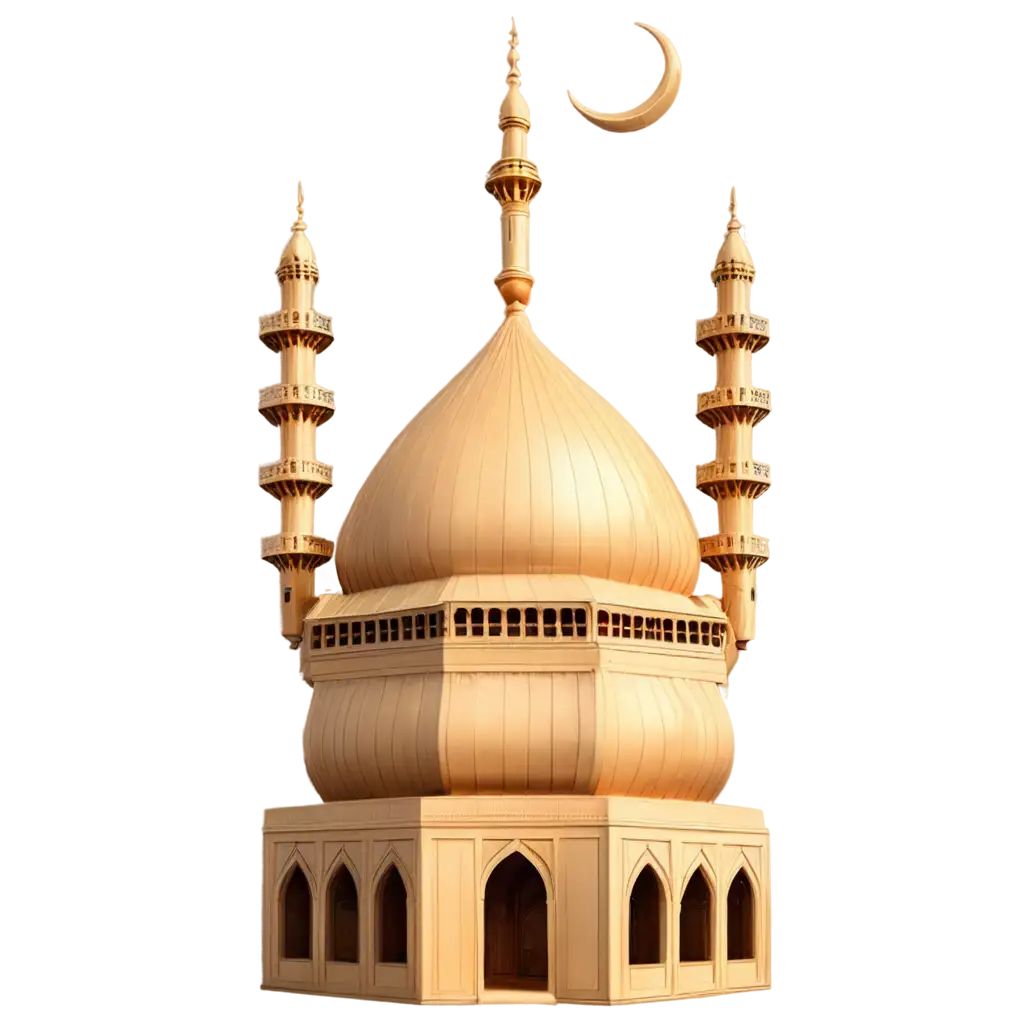
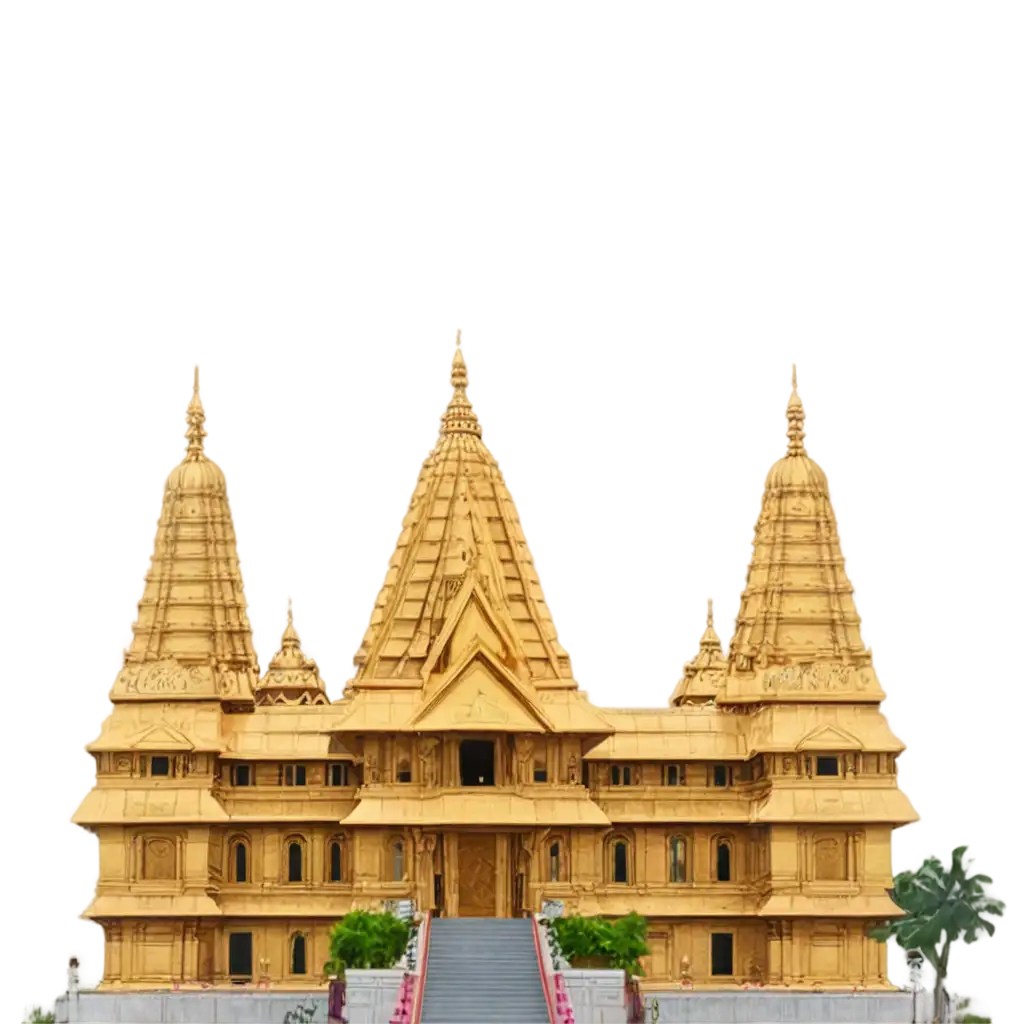
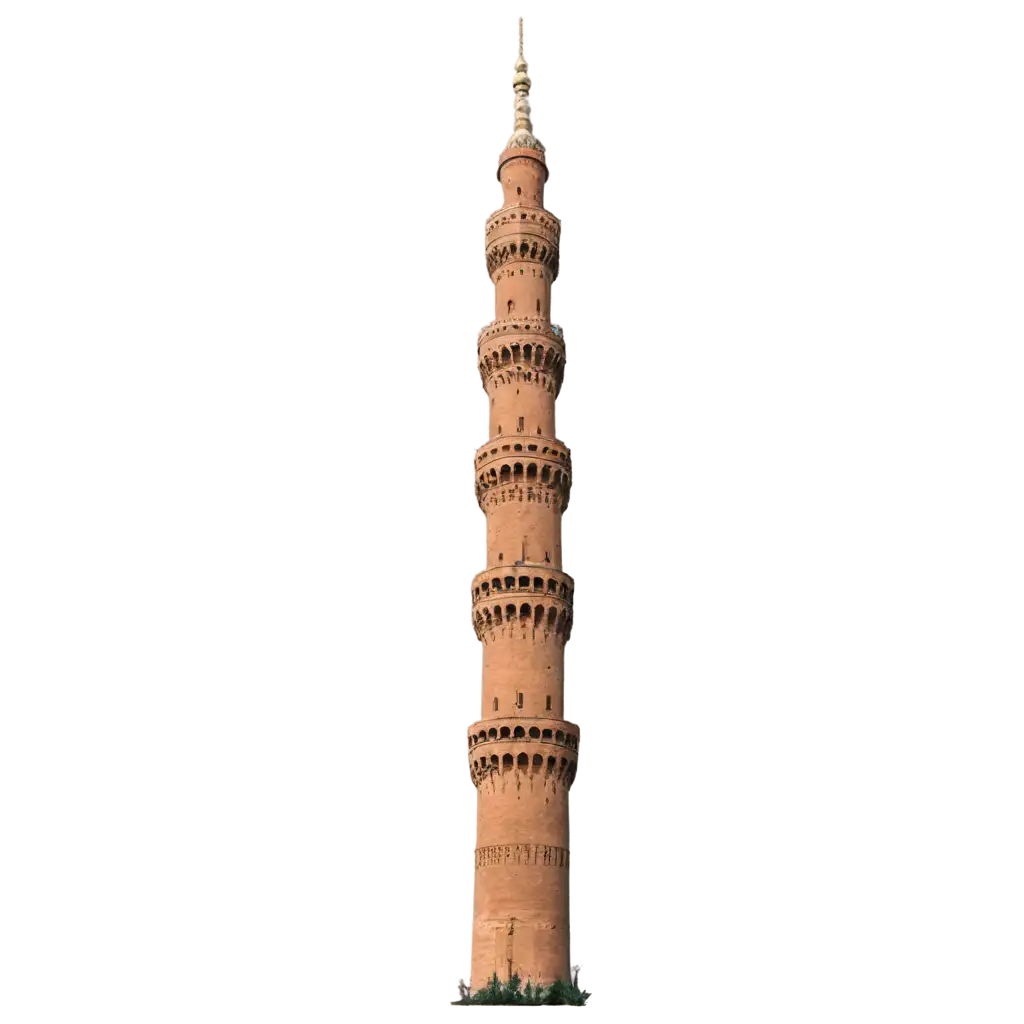
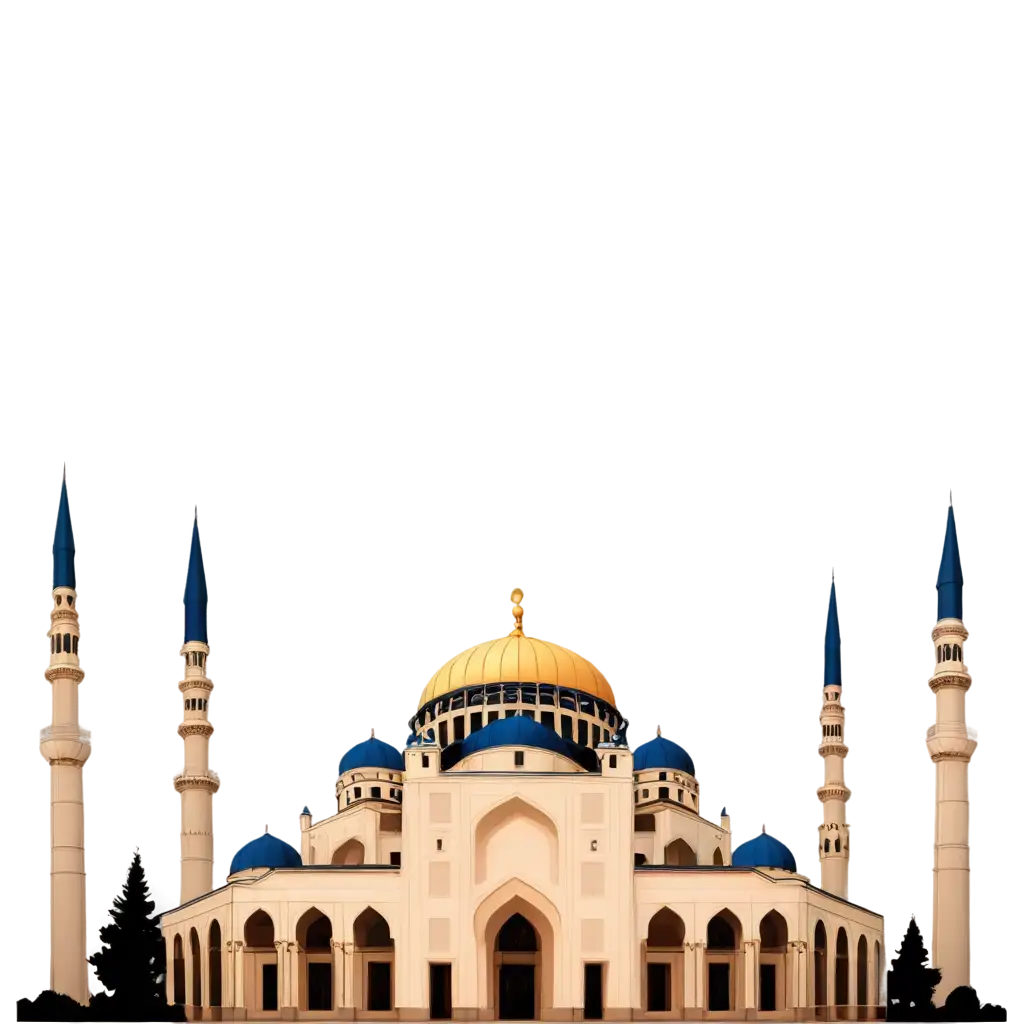

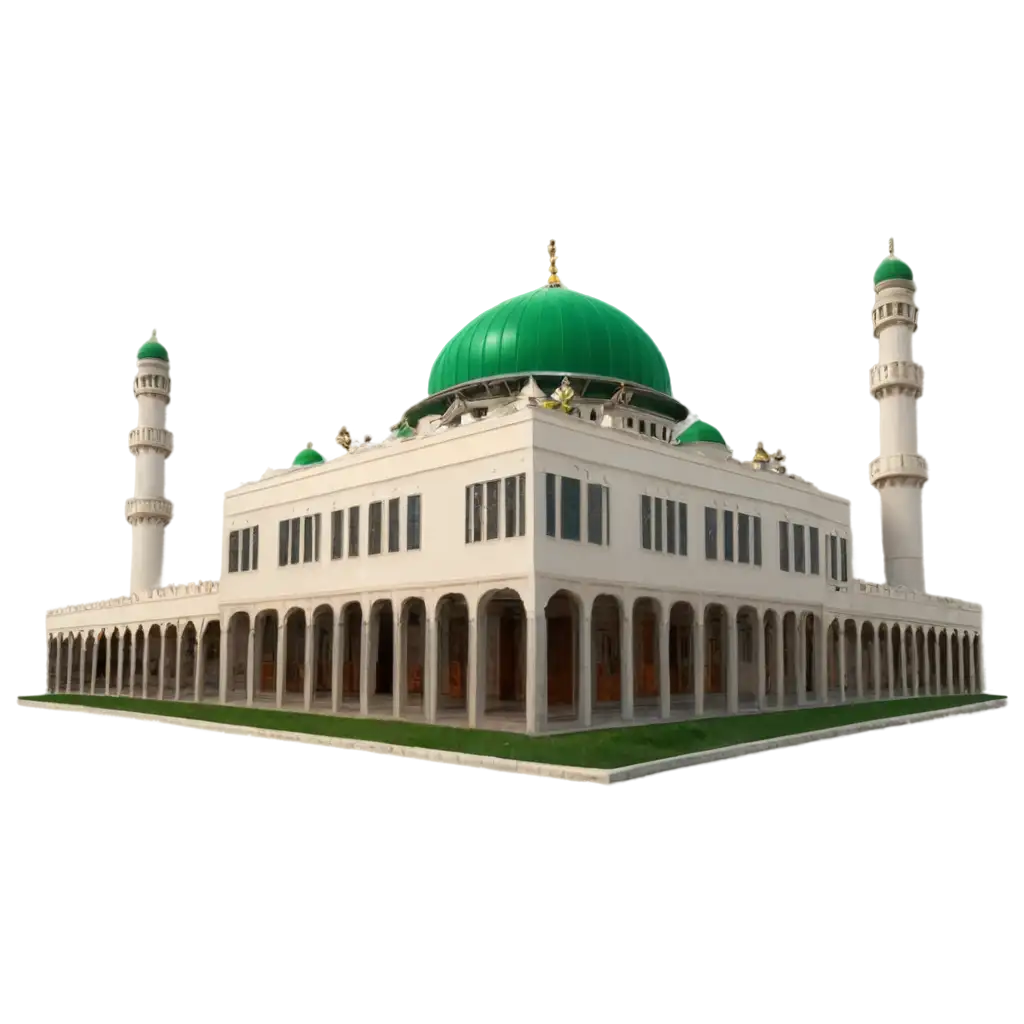
Related Tags
Sacred architecture represents humanity's enduring quest to create spaces that bridge the earthly and the divine. Throughout history, these structures have evolved from simple stone circles to elaborate cathedrals and contemporary worship spaces. Ancient civilizations developed distinct architectural styles: Egyptian pyramids reaching toward the sky, Greek temples with their perfect proportions, and Roman basilicas that later influenced Christian church design. Islamic architecture brought innovations like the pointed arch and intricate geometric patterns, while Eastern traditions contributed pagodas and stupas. Today's sacred buildings often blend traditional elements with modern architectural concepts, creating spaces that honor historical precedents while meeting contemporary spiritual needs.
Sacred Architecture Through History: From Ancient Temples to Modern Spiritual Spaces
Sacred buildings incorporate specific architectural elements that enhance their spiritual significance. Common features include vertical emphasis symbolizing ascension to the divine, carefully oriented entrances (often eastward), and the strategic use of natural light through features like rose windows or light wells. Geometric patterns and sacred numbers play crucial roles: the octagon representing regeneration, the circle suggesting eternity, and the square symbolizing earthly existence. Materials also carry meaning, with stone representing permanence, gold signifying divine light, and wood connecting to natural creation. Modern sacred architecture often maintains these symbolic elements while introducing sustainable materials and innovative structural solutions, creating buildings that respect tradition while embracing contemporary values.
Essential Elements and Symbolism in Sacred Building Design
Generating authentic sacred building images through AI requires understanding key architectural principles and cultural sensitivities. Success lies in accurately representing architectural details like proper proportions, authentic ornamentation, and culturally specific elements. When crafting prompts, consider factors such as historical period, architectural style, cultural context, and lighting conditions. For instance, Gothic cathedrals should feature pointed arches, ribbed vaults, and flying buttresses, while Islamic mosques might incorporate minarets, domes, and arabesque patterns. Pay attention to environmental context, scale, and atmospheric conditions to create images that capture both the physical grandeur and spiritual essence of these sacred spaces.
Creating Authentic Sacred Building Images with AI Technology
Sacred building imagery serves diverse purposes across various fields. In architectural visualization, these images help clients and communities envision new religious buildings or restoration projects. Educational institutions use them to teach architectural history and religious studies. Publishers incorporate them into books, magazines, and digital media covering topics from travel to spirituality. Heritage conservation organizations utilize such imagery for documentation and preservation planning. The tourism industry relies on these visuals for promotional materials and virtual tours. Whether for professional presentations, academic research, or creative projects, high-quality sacred building images help communicate the cultural significance and architectural beauty of these important structures.
Applications and Uses of Sacred Building Imagery